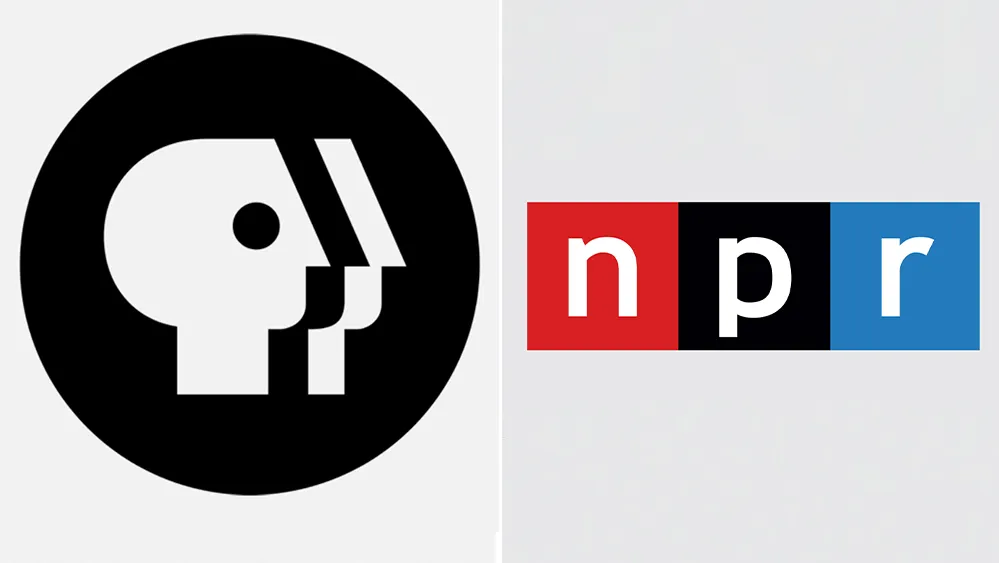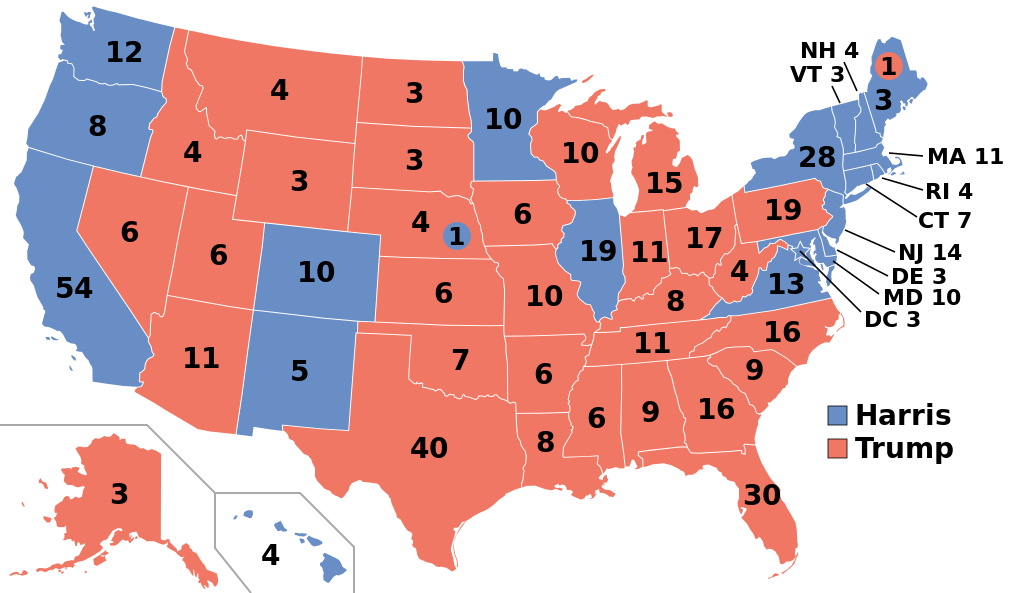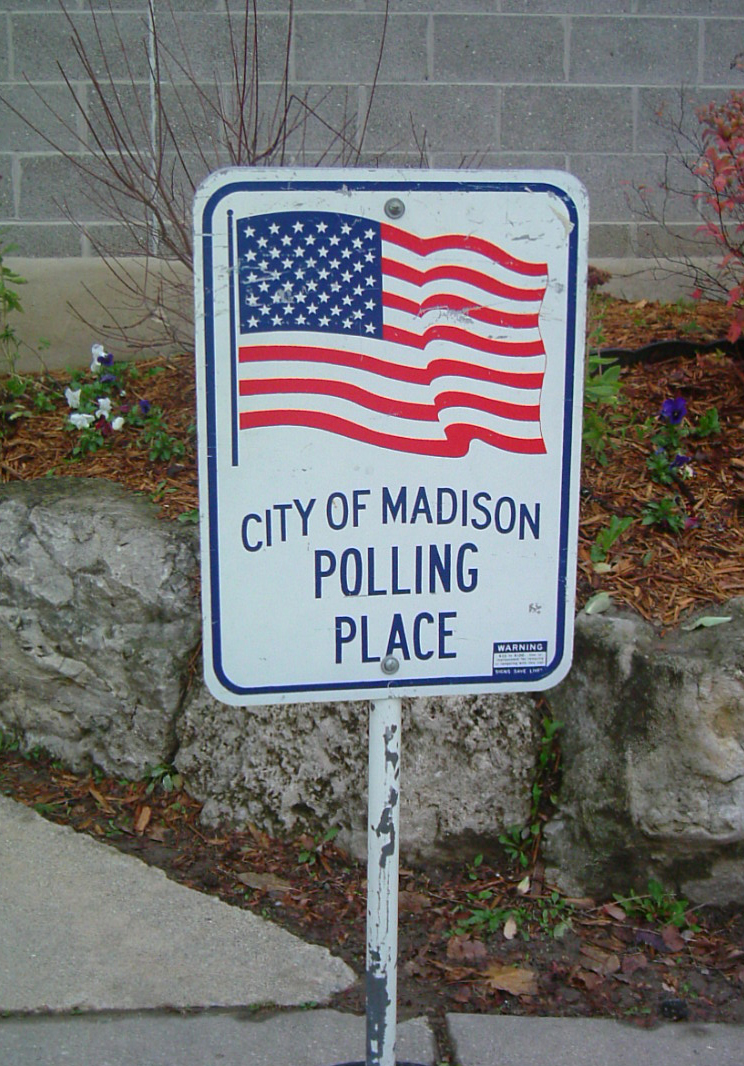New Study Shows Americans are Increasingly Getting News From TikTok
November 11, 2022
TikTok, the unique children’s dancing app turned social media, has now turned to become a major news source for many Americans, particularly among younger generations.
According to data from a survey conducted by Pew Research Center between July 18 and August 21, 2022, the number of American adults that regularly get news from TikTok has steadily been increasing between 2020 and 2022. Overall, a jump occurred, from about 3% of U.S. adults in 2020 to around 10% in 2022 who received news from the app, representing about three times the number of users of TikTok for news. However, this information is distributed unevenly between age groups, with the higher number of users falling within the 18-29 category. 18-29-year-olds increased from 9% to 29%, where 30-39-year-olds are significantly lower, jumping from 2% to 10%, more closely following the adult average. Following this is a slow drop off to the 65+ age bracket, which also had a minor increase of less than 1% in 2020 to around 1% in 2022 using TikTok for news.
TikTok is even more popular in younger, non-adult ages, as around ⅔ of teenagers involved in a similar study reported using the social media app in at least some way. Out of all TikTok users, however, there is still a large portion that doesn’t regularly use the video-sharing platform for news, although this number is up to around a third from 22% in 2020. The key aspect of TikTok is that the number of Americans that use it regularly for news is increasing, compared to the steady or even decreasing rates of platforms such as Facebook or Twitter, although both of the aforementioned sites currently have higher percentages of users viewing news on them.
The short clip nature of TikTok is making waves in the news world, as it is able to hold the ever-shorter attention spans of younger generations, while still presenting valuable information. For example, during the Russian invasion of Ukraine in February of 2022, video clips of the war unfolding were caught by influencers in the region, helping to garner attention to the issues. Later, news of Johnny Depp’s Defamation case was also able to spread rapidly to younger generations in particular.
There is, however, a more dangerous side to this increasing mass media through TikTok, as the company has historically had a difficult time dealing with misinformation regarding issues such as COVID-19, abortion, election fraud, and more. Another issue is that those who get their news from TikTok tend to be less engaged and knowledgeable about the current world, again according to a study by Pew Research Center, especially regarding large topics, such as elections and COVID-19. Studies conducted over a period of nine months revealed that, of Americans who use social media as their primary source of political news, only 8% claimed to have watched news of the 2020 elections “very closely.” This is an even smaller percentage than U.S. adults that watch mainly local news with 11% reporting the same thing. A similar trend holds true for other issues, such as COVID-19 news, which reported 23% watching “very closely” among social media users, compared to 44-50% elsewhere.
The danger of misinformation also exists, as in this same survey, researchers found that 81% of those who get their news from social media reported hearing at least a little of a conspiracy theory that the pandemic was intentionally planned, with 26% reporting hearing it “a lot.” These statistics are again much higher than all other sources of information, including news websites, radio, local TV, network TV, print/newspaper, or cable TV. Despite this, there is less concern for “fake,” or made-up news among those who use social media.
In general, TikTok’s use as a social media platform for news has skyrocketed recently, especially with increased usage among young people. While this can cause, and has been resulting in the challenge of misinformation and lack of engagement, TikTok does have the potential to reach larger and younger audiences than other sources of news might.



















































